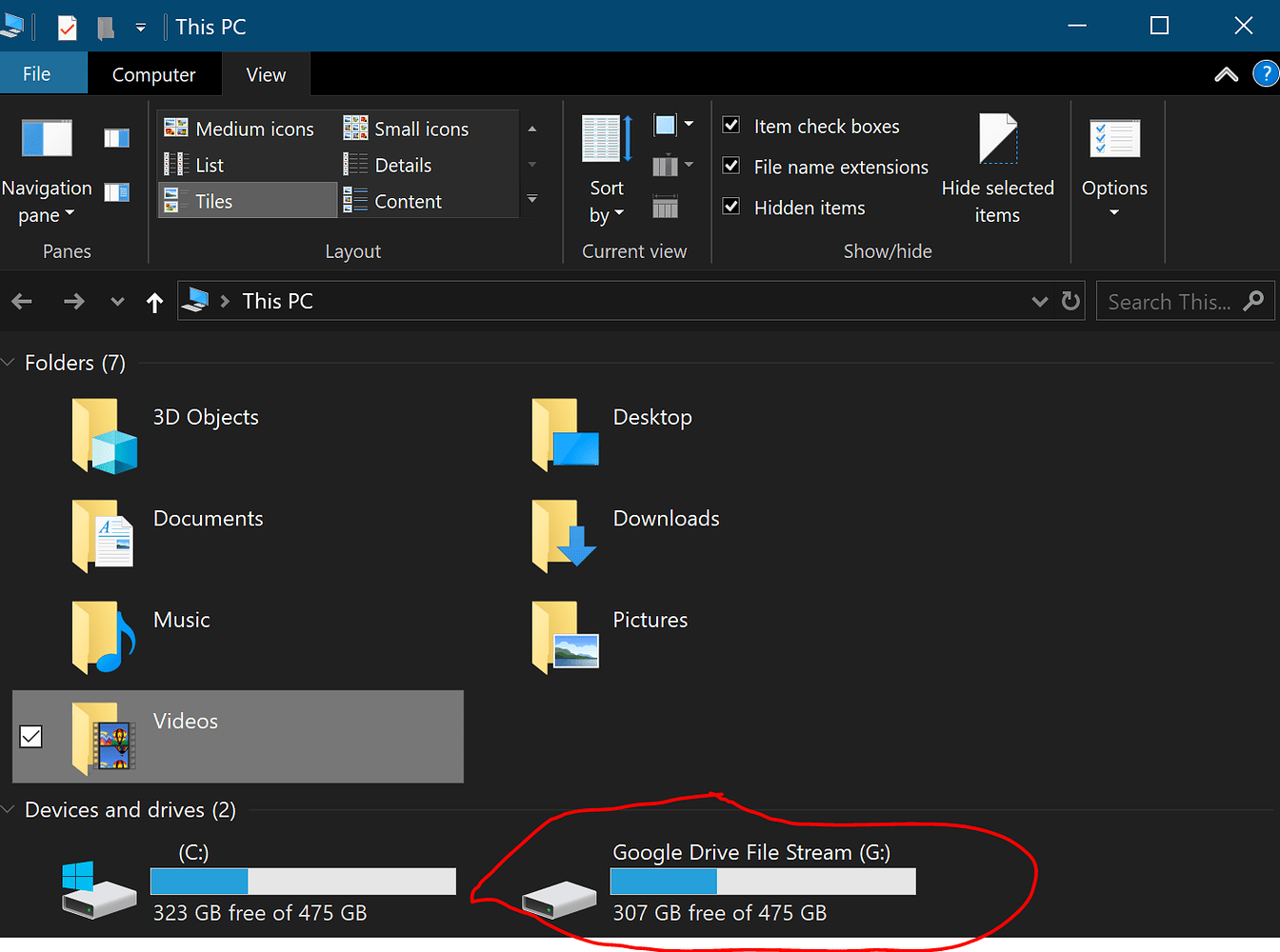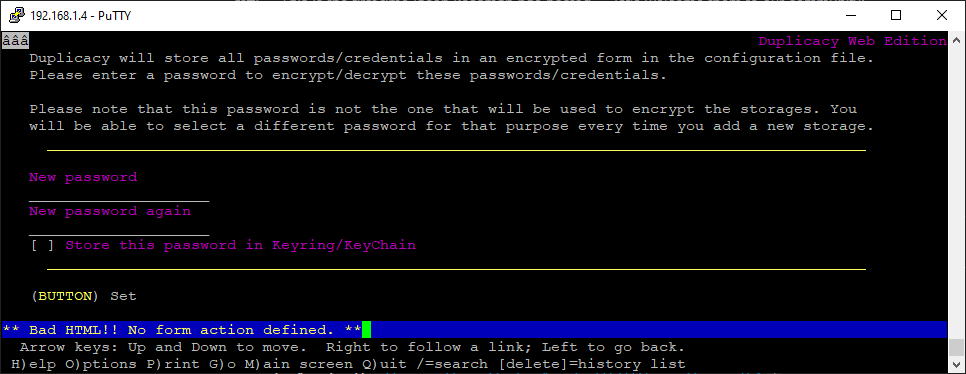

I am going to put it in the same folder as the global config, $HOME/.duplicacy-util. This can be placed wherever as it is referred to when you run duplicacy-util.
Github duplicacy password#
#default values can be found here: duplicacypath: lockdirectory: logdirectory: logfilecount: #conditions when notifications will be sent, and what medium to send them notifications: onStart: onSkip: onSuccess: onFailure: #email to be sent to email: fromAddress: "Donald Duck " toAddress: "Donald Duck " serverHostname: serverPort: 465 authUsername: authPassword: password OR DU_EMAIL_AUTH_PASSWORD BackupName.yaml
Github duplicacy code#
I use visual studio code for editing code but technically you can edit this in any basic text editor. It is not included, you need to make it yourself. This file is the main config file and settings here apply to all backups.On windows you need to set env_var to reference it for this effect. This will make it so you can run it by just typing duplicacy-util in the terminal. You can move the file wherever you like but I am going to place it where I have duplicacy in /usr/local/bin.The short version is you need to run chmod a+x on duplicacy-util to make it run.


If you are using macos or linux, and don’t know that you need to mark the file as executable read this thread here. Since they are using yaml as their example though, I am going to use that as my starting point.įor this my goal is to run duplicacy every hour, have it email me any errors, and then prune (thin) the backed up data. If you are like me, you don’t know the difference between a yaml and a json.
Github duplicacy how to#
They assume you know how to write config files in whatever format you supposedly like to use.

The tl,dr of the explanation on there is that the program needs config files and they don’t provide them in any form. The reason this article exists is because the docs for this look like they were written in one pass.Īlright, with all that out of the way, how do we set this thing up? Going to the github page may have you scratching your head. What is duplicacy-util? A utility that helps with automating the cli version of duplicacy. (fyi, if you are installing it on mac/linux, and getting a “duplicacy: command not found” see this post for how to get it to work) I am using the command line version (CLI) as a replacement for crashplan. What is Duplicacy? It’s a deduplicating (across computers) program with support for many cloud backends. In other words, there will be errors here but I hope some if it helps. I’m just trying to figure out how to use the computer more efficiently and sometimes struggle to find docs for people haven’t been writing their own linux kernels since they were in grade school.


 0 kommentar(er)
0 kommentar(er)
